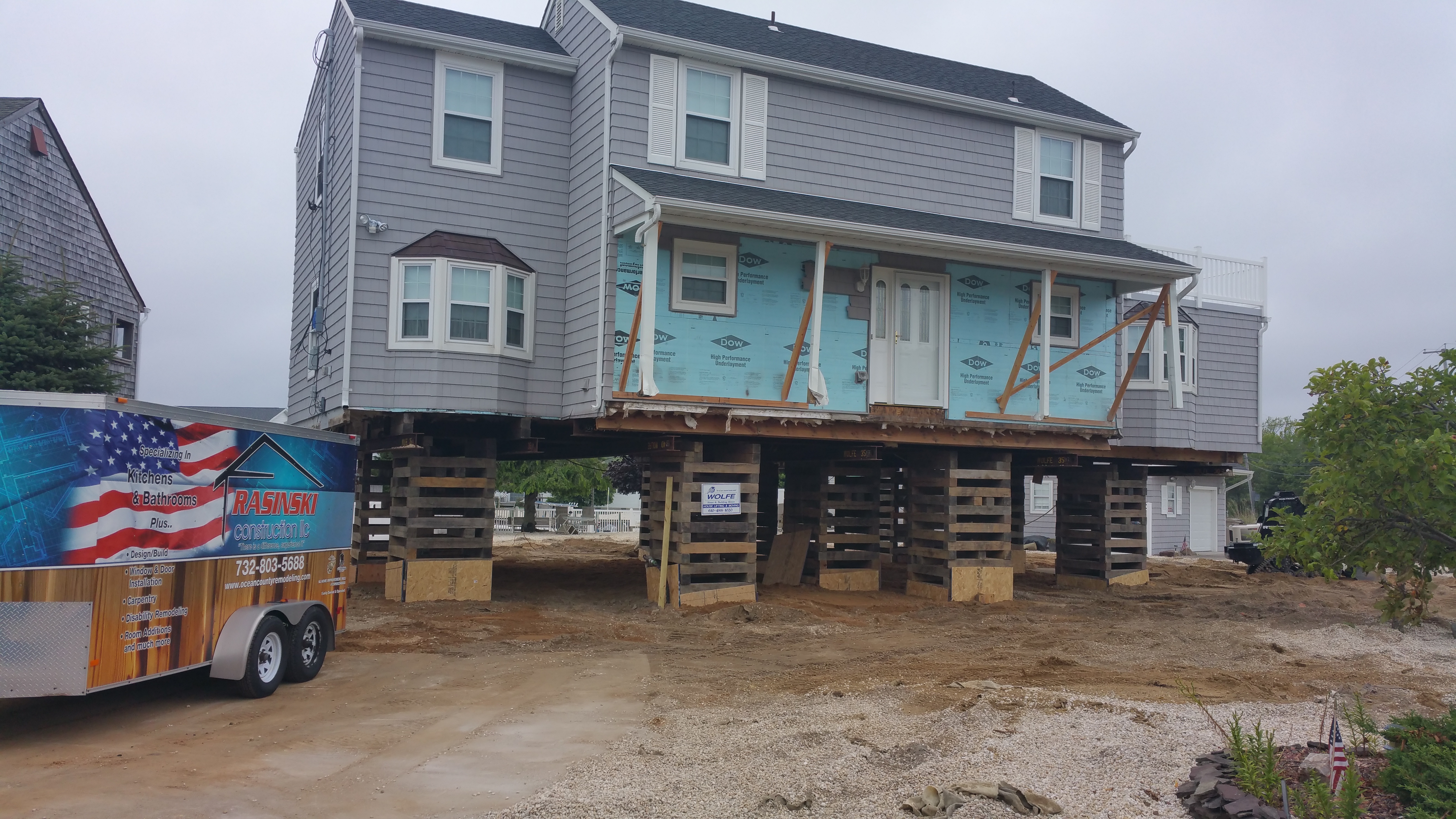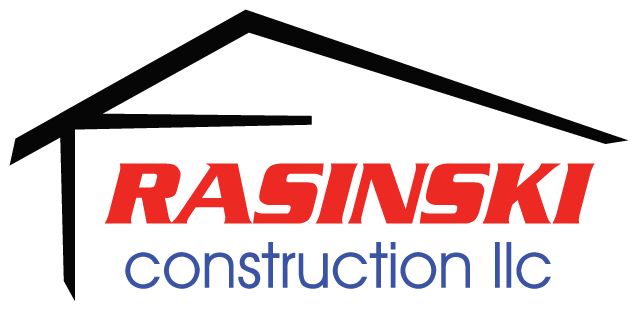Hire An Experienced Professional
It’s been more than four years since Superstorm Sandy, but many NJ shore homeowners, like our clients in Bayville, are just now able to move forward with raising their homes. Following the storm, the Federal Emergency Management Agency (FEMA) released new standards on how high homeowners have to make their homes to avoid hefty insurance premiums. These standards are outlined in Advisory Base Flood Elevations (ABFEs) and can be found on the ABFE Sandy Website. To minimize insurance expenses, it is important that homeowners retain a contractor who is knowledgeable in AGFEs and has experience lifting homes in the shore area.
Keeping On Top of the Home Raising Rules and Regulations
Lifting a home – regardless of its size – is a considerable project and requires a reliable contractor who is experienced in the process and not afraid to do the right amount of homework. With so many important – yet unfamiliar – details to consider, raising a home can be overwhelming for homeowners to think about. First, consider the many municipal, county, state, FEMA and utility company procedures and requirements. A qualified contractor will understand and stay informed on all of these ever-changing regulations – and be adept at addressing them to avoid unnecessary delays during the project.
Recognizing the Challenges
In addition, every house lift has its own particular set of challenges and specific – often unique – details. The trick is to identify these details well in advance, know what has the potential to cause a problem – before it actually causes the problem – and have a solution ready. The Bayville house had one such unique situation that had every potential to cause a major problem. The house was built on wood pilings that were set back from the perimeter walls. This caused a cantilever effect on the floor joists. This homeowner wanted a traditional block foundation wall like their existing exterior perimeter walls and had a foundation plan designed by their engineer accordingly – all before we came on the scene. Unfortunately, none of the bidding contractors or the engineer identified the cantilever situation. We did. And, once we took the time to explain to the homeowner that the foundation plan designed would not work with the cantilevered floors, we got the job with the homeowners’ full confidence.
Analyzing All the Details the Lift Entails
Another important detail associated with raising a home is proper placement of the crib piles to temporarily hold up the house. The house lifting company must place these piles where they won’t conflict with grade beams, helical pier piles or block piers if at all possible. If they do interfere, an experienced contractor will know in advance. If you don’t know in advance, when the crib piles are removed and the house is lowered there will be nothing there to support the house in that location. This could lead to the need for temporary support installation which can be costly.
The bottom line on a house lift is that a lot of homework and planning is required. The expense of this type of project is great, so homeowners should seek out qualified and experienced contractors to prevent that expense from becoming all that much greater!


